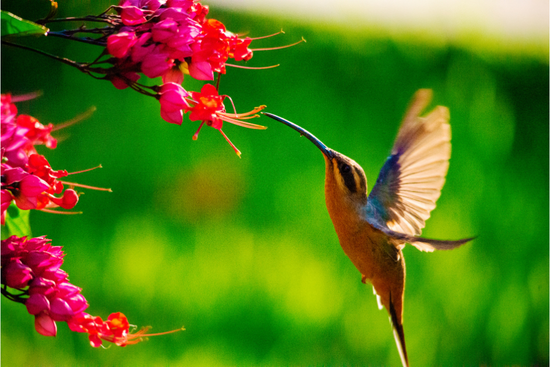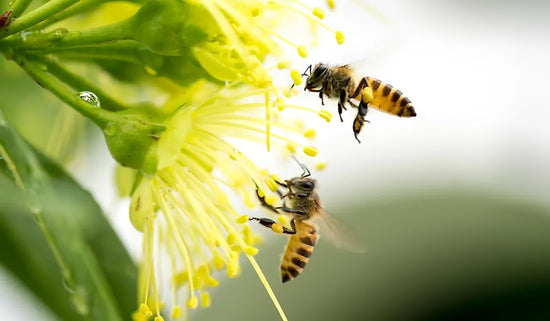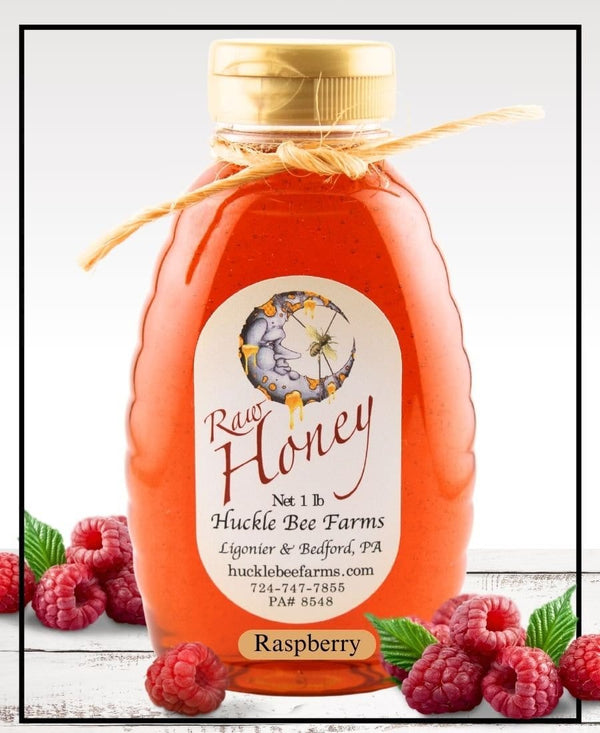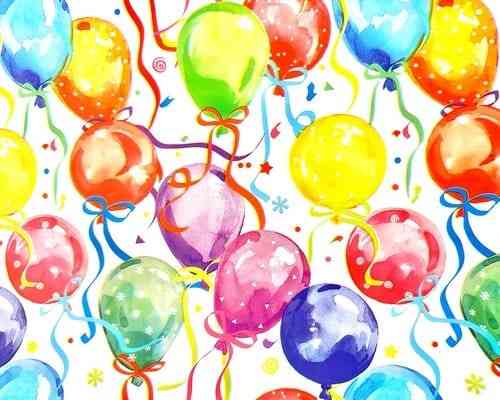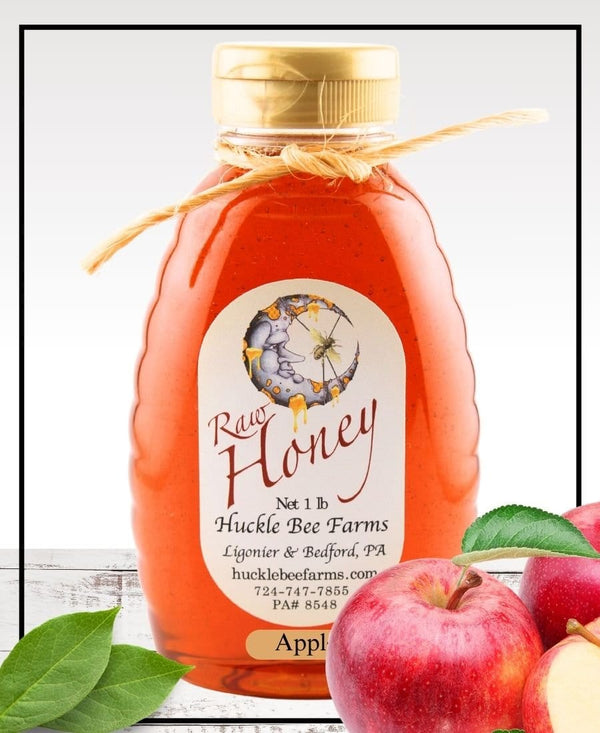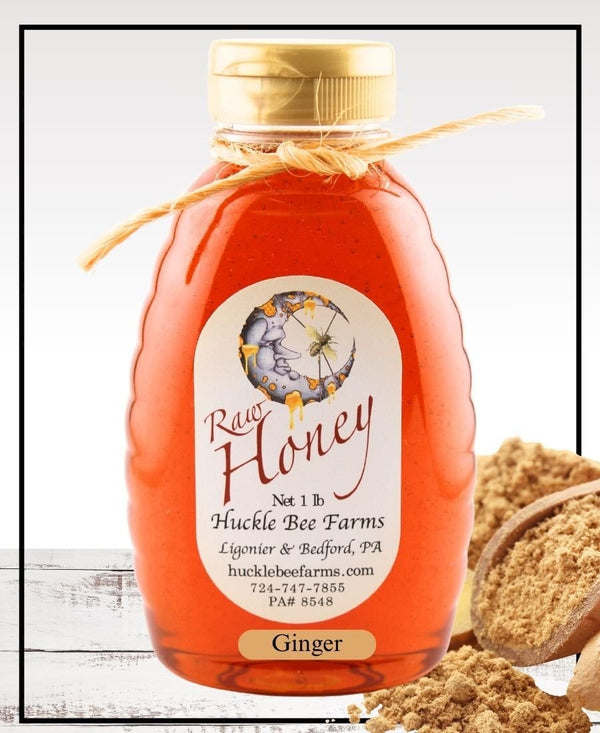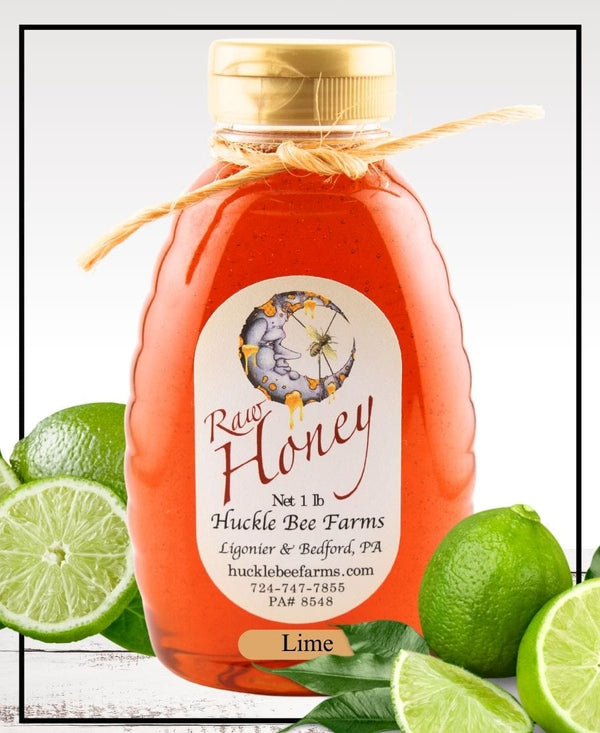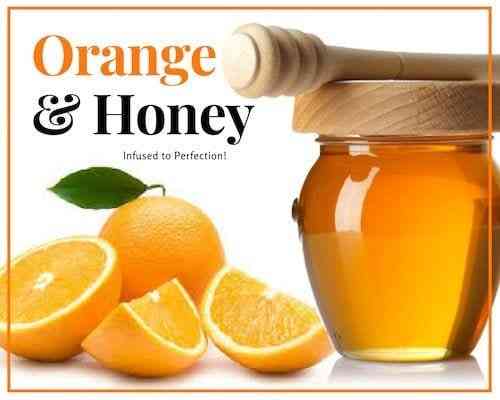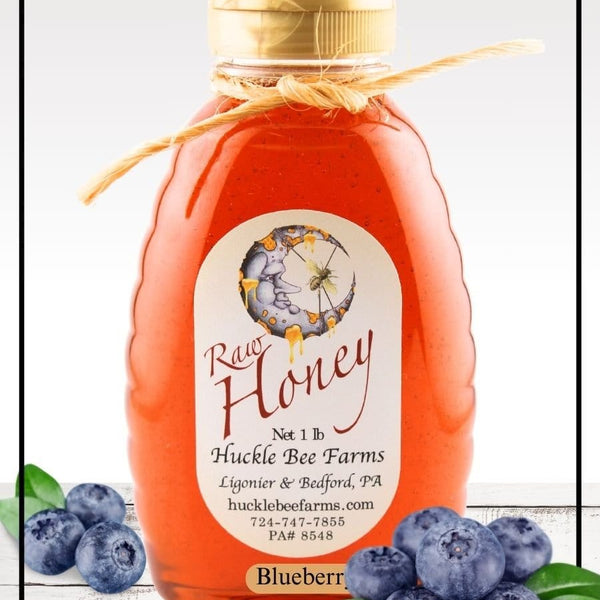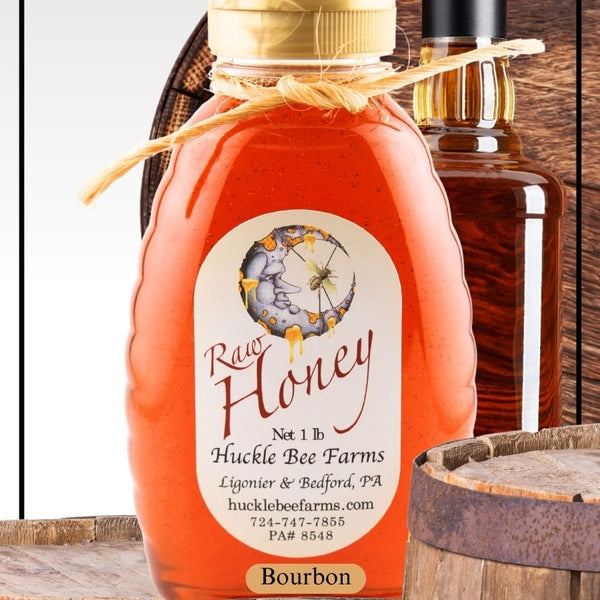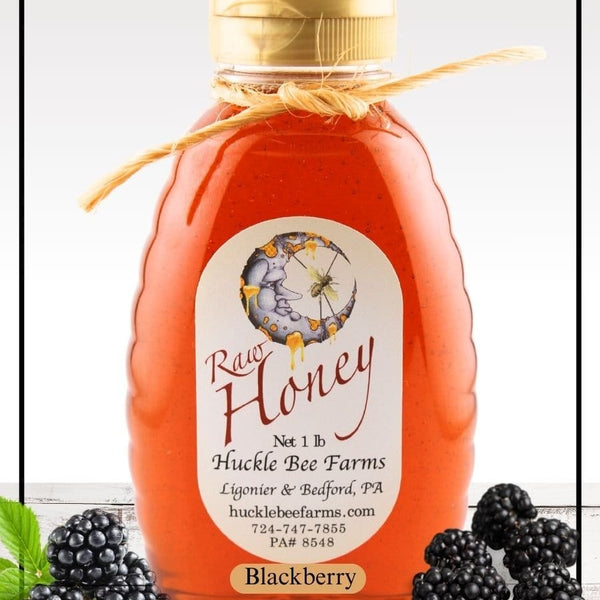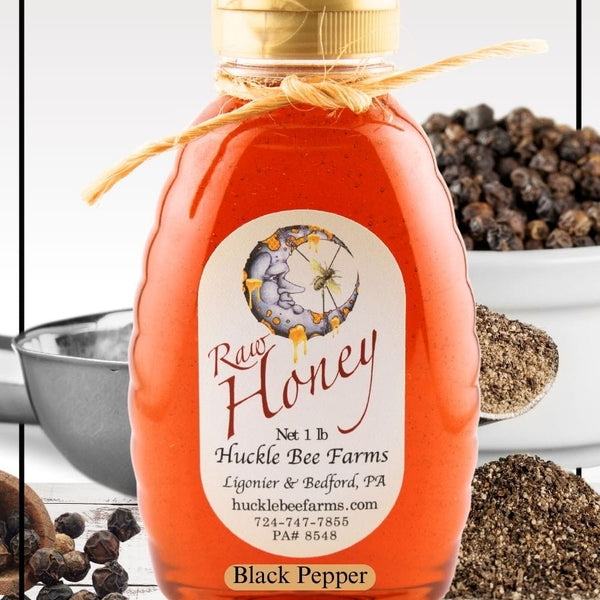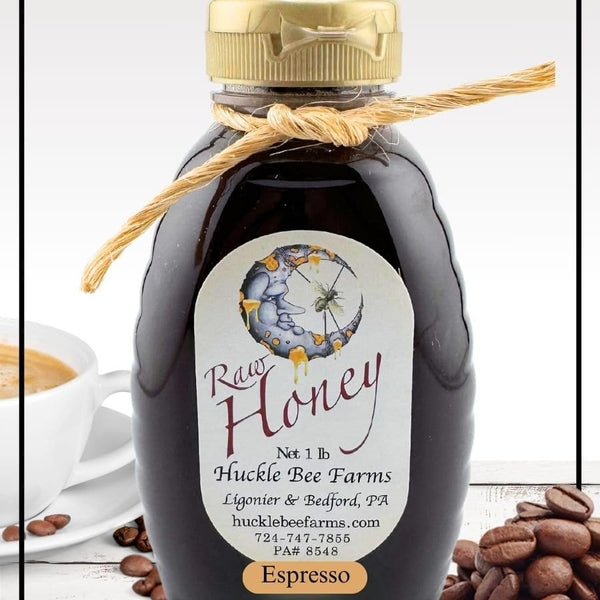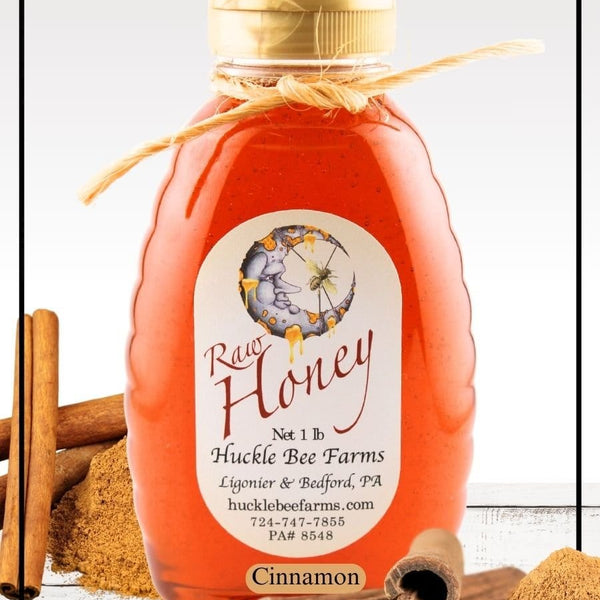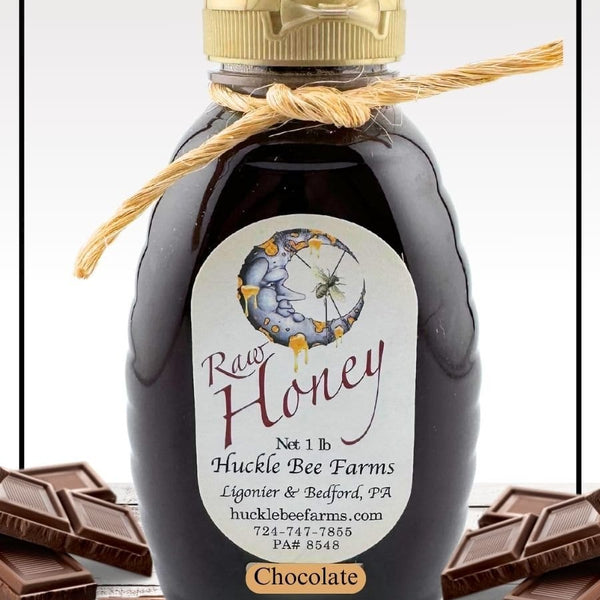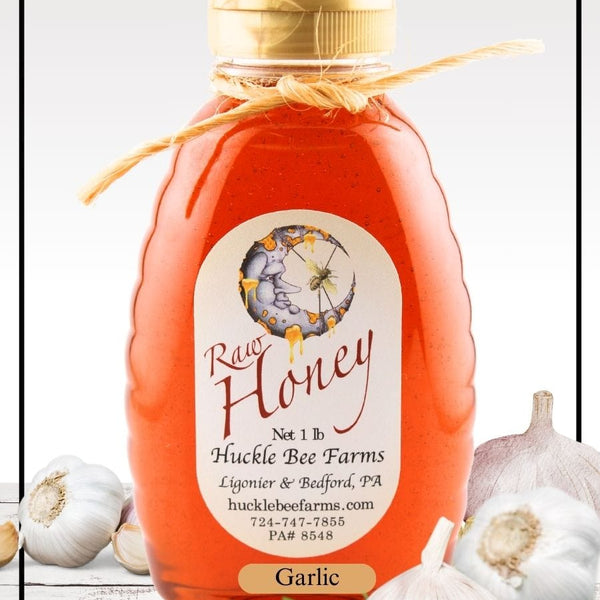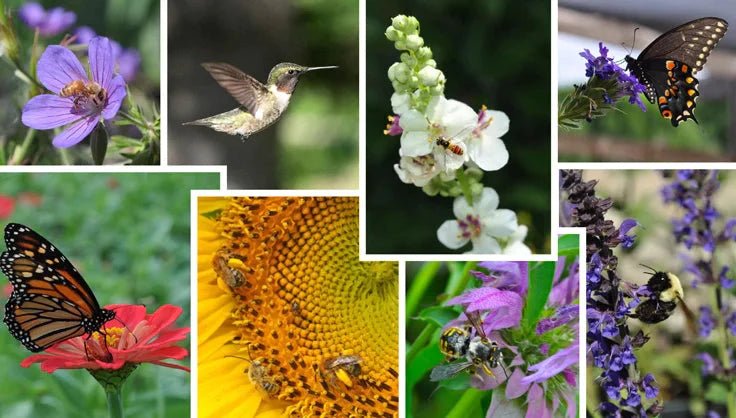
Save The Pollinators: How Gardening Can Help
There once was a garden, buzzing and alive, like Mother Nature’s own symphony warming up before a grand performance.
In this natural concert hall, bees and butterflies dance from flower to flower, much like notes flitting across musical staves.
Our birds are losing places to perform because their homes are getting smaller and the weather is changing. We need to pay attention to nature to avoid a quiet spring.

Understanding Pollination
Pollination is an essential ecological service, a natural process crucial for the reproduction of flowering plants. Pollination happens when bees, butterflies, and hummingbirds move pollen from one flower to another. This leads to fertilization and the growth of seeds and fruit.
Pollination helps plants reproduce and provides a variety of foods. It also supports biodiversity and the health of ecosystems. Without it, our environment would be starkly different, lacking the vibrant flora that sustains life on Earth.
Essentials of Pollinator Biology
Pollinators are many different types of animals, like tiny bugs and birds, that help plants make new seeds. They facilitate the genetic mixing, ensuring plant diversity and resilience.
Many plants rely entirely on specific pollinators for successful breeding, creating a bond termed "mutualism." Without this symbiotic relationship, ecosystems would collapse, affecting food supplies and natural habitats.
💥 Over 75% of flowering plants need pollinators to produce seeds and fruit. 🐝
Healthy pollinator populations indicate a robust ecosystem, where plants can thrive and support a wealth of life. A decline in pollinators signals environmental distress, often from human activities.
Keystone Pollinators in Our Ecosystem

Keystone pollinators are the linchpin in maintaining the balance and health of our ecosystems.
- Bees: Critical for cross-pollination, they ensure the growth of trees and flowers.
- Butterflies: Their selectivity in pollinating helps preserve genetic diversity among plants.
- Bats: Nighttime pollinators, particularly for tropical fruits and agave plants.
- Birds: Especially hummingbirds, which pollinate long, tubular flowers.
- Beetles: Ancient pollinators, they are crucial for the reproduction of many flowering plants.
Their decline can cascade into profound consequences for plant reproduction and biodiversity.
By safeguarding these vital creatures, we protect the intricate web of life that sustains us all.
Identifying Threats to Pollinators
Pollinators are under siege from a multitude of factors compromising their survival. Habitat degradation, brought on by urban expansion and agricultural intensification, systematically strips away the natural spaces vital for their sustenance. Additionally, the widespread use of pesticides and herbicides accumulates in the tissues of pollinators, disrupting their biological functions.
Climate change disrupts the timing of natural events. This affects when pollinators and plants need to work together. This phenomenon leads to further mismatches and declines within natural ecosystems.
Pesticides' Deadly Impact

Pesticides, designed to protect crops from pests, often strike a fatal blow to pollinators and disrupt ecosystems.
- Direct toxicity: Pesticides can be lethal to pollinators upon contact or when consumed.
- Habitat destruction: Chemicals can decimate vegetation that pollinators rely on for food and shelter.
- Reproductive harm: Exposure to pesticides can impair pollinators' reproduction, threatening their populations.
- Chronic health issues: Sublethal exposure may cause long-term health problems that affect a pollinator's ability to forage and navigate.
- Food web disruption: The decline in pollinator numbers affects species up the food chain, including humans.
Smaller pollinator populations cannot sustain the pollination demand for sprawling agricultural landscapes.
Pesticide use harms not only individual species, but also the systems that support our food supply.
Habitat Loss and Its Consequences

Our Development on Earth
Pollinators face dwindling homes as natural habitats give way to urban sprawl, agriculture, and industrially developed areas. These vital creatures, crucial for biodiversity, are losing their natural living spaces, with some inching toward extinction.
This shrinking of habitats creates survival challenges for pollinators. They struggle to find food, mates, and nesting grounds.
Deforestation and urbanization replace the wildflowers and plants that are food sources and nesting sites. This loss destabilizes pollinator populations essential for ecosystem health.
In turn, reduced pollinator numbers affect plant reproduction. Without their services, many plants cannot produce seeds or fruit, threatening both wildlife and human food sources.
Climate change exacerbates these issues by altering the landscape. Extreme weather and temperature changes alter when plants bloom, affecting the timing of pollinators and plant life cycles.
Ultimately, the loss of natural habitats is a direct threat to pollinators' survival. Preserving and restoring these environments are pivotal in maintaining the delicate balance necessary for a thriving ecosystem.
Cultivating Pollinator-Friendly Gardens

Creating a sanctuary for pollinators is an enchanting yet straightforward endeavor. We plant different flowers that bloom all year to help birds find food and build nests. Selecting native plants helps bees, butterflies, and hummingbirds find what they need to live and thrive.
A garden that attracts pollinators is like a colorful and lively tapestry, as these creatures do their important job. Use gardening practices that help all living things thrive, and see your garden become a sanctuary for important creatures.
Choosing the Right Plants
Plant diversity is essential for pollinators.
Selecting the correct flora for your garden requires attention to a few critical details. Best to choose native plants that grow well in your area and don't need a lot of water or fertilizer. These plants have co-evolved with local pollinators, creating a mutual dependency that benefits both.
Plant different types of flowers that bloom at different times. This will provide a consistent food source for pollinators throughout the year. This strategy helps support the health and population of pollinators in your area.
Consider planting a mix of annuals and perennials to ensure a continuous supply of nectar and pollen. Plant different flowers in your garden to attract many pollinators.
Seasonal blooming is key for continuous support.
In choosing plants, think of the pollinators' needs – nectar and pollen. Local garden centers often provide native plant options suited to your growing season. These plants not only support local pollinators but also tend to be more resistant to local pests and diseases. By fostering this natural resilience, you're ensuring a healthier and more sustainable garden.
Flowers with different shapes attract diverse pollinators.
Your plant selections can contribute significantly to conserving pollinator populations. You should carefully consider the variety of plants you incorporate.
In addition to native species, include plants that bloom from early spring to late fall. This ongoing bloom ensures that pollinators have a steady food supply throughout their active seasons. Small gardens can be like oases in cities or farms, providing food and shelter for many pollinators.
A pollinator garden is a special garden made to attract and help butterflies, honey bees, and hummingbirds. By creating a pollinator garden, you can help save the pollinators and contribute to the health of our environment. As a home gardener, you can provide a habitat for pollinators, offering them a source of food and shelter.
By creating a pollinator garden, you can make a positive impact on the environment and help save the pollinators. Grab your gardening tools and start creating your own pollinator-friendly oasis!
Pesticide Alternatives and Safe Practices
Cultivating a garden that thrives without harmful chemicals is essential for pollinator health.
- Manual Removal: Hand-pick visible pests from your plants.
- Beneficial Insects: Introduce predators like ladybugs and lacewings that naturally control pests.
- Barriers and Traps: Employ physical deterrents such as sticky traps or floating row covers.
- Organic Pesticides: When necessary, opt for organic options that are less harmful to pollinators.
- Companion Planting: Grow certain plants together to naturally repel pests.
Integrated pest management can maintain balance without disrupting pollinator activity.
Employing these strategies reduces the reliance on synthetic pesticides, safeguarding our pollinator friends.
The Wider Impact of Pollinator Support

Supporting our pollinators doesn't just brighten our gardens; it stabilizes ecosystems globally, promoting biodiversity. Bees, butterflies, and hummingbirds help flowers and crops grow, making our yard and surroundings full of life.
Helping pollinators stay healthy supports a strong global food chain, crucial for many species, including humans. Plants need pollinators to help them reproduce, which also helps birds and small mammals. Pollinators are important for the ecosystem. And as we secure the future of pollinators, we also safeguard our agricultural heritage for generations to come.
Boosting Biodiversity
Biodiversity is essential to the health and sustainability of our planet's ecosystems. In our gardens, we can significantly enhance biodiversity by thoughtfully choosing and arranging plant species. This creates a haven not just for pollinators, but for a variety of organisms that contribute to ecological balance.
Diverse gardens attract a range of pollinators. Different flowers attract different species. Planting a variety of blooms brings diverse wildlife to our homes. This helps plants mix genes and become stronger against changes and diseases.
Incorporating native plants is particularly beneficial because they have evolved alongside local pollinators. These plants need less care and have natural defenses against pests, so there is less need for chemicals to control them. A varied garden helps more animals and plants thrive. Natural enemies keep bugs in check, and local pollinators benefit flowers.
Growing different plants creates a space for bees and other animals. This space provides them with a place to live and food to eat. From the microorganisms in the soil to the birds in the trees, biodiversity strengthens ecosystems.
Gardeners should feel proud that their garden helps the environment by supporting a community of living things. This is important in the worldwide effort to protect nature's balance.
Strengthening Local Food Systems

Thriving gardens infused with a variety of plants can significantly bolster community food resilience. They create a robust, self-sufficient agricultural landscape, less reliant on distant supply chains.
Local gardens generate fresh produce, accessible directly within communities. This shortens food miles dramatically.
By nurturing gardens, we lay the groundwork for local food systems that can withstand global market fluctuations. A neighborhood's food supply becomes more predictable and secure, with each garden acting as a mini-oasis of nourishment.
Engaging in community and urban gardening projects can transform vacant lots into abundant sources of fresh food. As a bonus, these initiatives also provide educational opportunities for residents to learn about sustainable practices and nutrition. Not just about growing food, but about understanding and connecting with where our food comes from.
Have Some Questions???
Why are pollinators dying off?
- Pesticides: The widespread use of pesticides in agriculture is one of the main reasons for the decline in pollinators. These chemicals can be toxic to bees, butterflies, and other pollinators, leading to their population decline.
- Habitat loss: Destroying forests and meadows reduces food and nesting places for pollinators like bees and butterflies. Without suitable habitats, they struggle to survive and reproduce.
- Climate change can disrupt pollinators' natural cycles and behavior, leading to their decline. This is caused by rising temperatures, changes in precipitation patterns, and extreme weather events.
- Diseases and parasites: Pollinators, such as honeybees, are susceptible to diseases and parasites, such as varroa mites. These infections weaken the pollinators and make them more vulnerable to other stressors, contributing to their decline.
What are 5 pollinators?
When it comes to pollinators, there are a wide variety of species that play a crucial role in the process of transferring pollen from the male parts of flowers to the female parts. This process helps in the reproduction of plants and the production of fruits and seeds.
One important group of pollinators is bees. Bees, such as honeybees and bumblebees, visit flowers to collect nectar and pollen. As they move from one flower to another, pollen sticks to their bodies and gets transferred to other flowers, facilitating pollination.
Butterflies are also important pollinators. They have long tongues that allow them to access nectar deep within flowers. As they feed, their bodies come into contact with the flower's reproductive parts, picking up and transferring pollen.
Another group of pollinators is birds, particularly hummingbirds. These small, fast-flying birds have long beaks that are perfectly adapted for reaching deep into flowers for nectar. As they feed, they inadvertently pick up and deposit pollen on the flowers they visit.
Certain species of flies, such as hoverflies, also act as pollinators. They are attracted to flowers because of their bright colors and sweet scent. As they move around flowers, they pick up pollen that sticks to their bodies and transfer it from one flower to another.
Lastly, bats are important pollinators, especially in tropical regions. They visit flowers at night, attracted by their strong scent and the nectar they provide. Bats have long snouts that allow them to reach deep into flowers for nectar, and as they do so, pollen attaches to their bodies, aiding in pollination.
These are just some examples of the many different pollinators that exist in our natural world. Each species has its own unique role and contribution to the pollination process, highlighting the incredible diversity and interconnectedness of nature.
What are the three main pollinators?
The three main pollinators are bees, butterflies, and hummingbirds.
Bees are incredibly important and efficient pollinators. Bees have special body parts, like hairy legs, to gather and spread pollen as they go from one flower to another. Bees help plants grow by moving pollen between them. This helps fruits and vegetables grow, which we eat for food.
Butterflies are also important pollinators. They have long feeding tubes called proboscises, which they use to extract nectar from flowers. As they feed, butterflies unintentionally collect pollen on their bodies and transfer it to other flowers they visit. Butterflies have colorful wings that attract flowers for pollination, making them beautiful to see and important for the environment.
Hummingbirds are special pollinators because they can hover in front of flowers and drink nectar with their long, thin beaks. They have the ability to move quickly and visit a large number of flowers in a short amount of time. As they feed, hummingbirds get covered in pollen, which they then transfer to other flowers as they move around.
These three pollinators play a vital role in the reproduction of many plants and ecosystems. Many plants rely on them to produce seeds or fruits, and their absence would disrupt the balance of ecosystems. When you see a bee or butterfly, remember they are important for plants to survive. They are not just pretty, they are necessary for many plant species to live.
Huckle Bee Farms
www.hucklebeefarms.com




